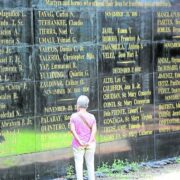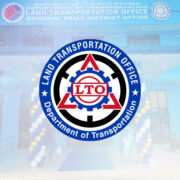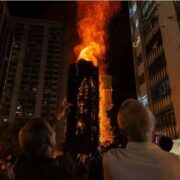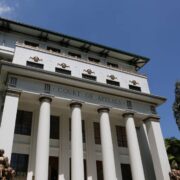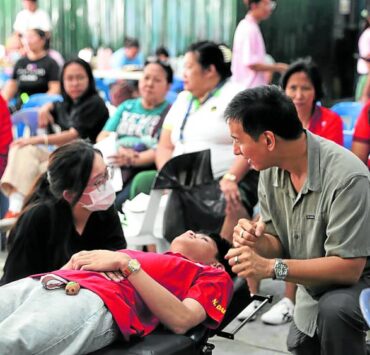Importance of place names underscored in new book
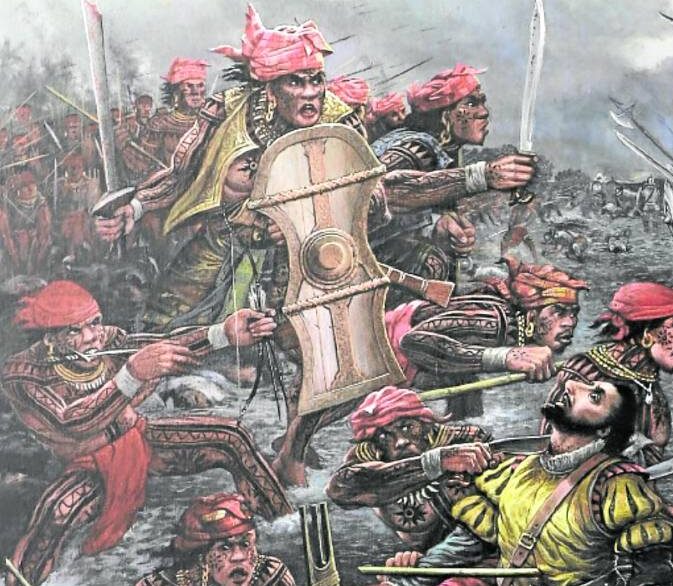
This volume is a good exemplar for those interested, and simply curious, about the origins of place names in the country.”
That is the message of National Historical Commission of the Philippines (NHCP) chair Regalado Trota Jose on the recently published book on studies of place names in the country.
Copublished by the NHCP and the Philippine Toponymy Society, the book is the fourth volume of the publication “1521 Revisited: The Quincentennial Commemorations in the Philippines,” edited by Roderick Javar of the University of the Philippines Los Baños (UPLB) and Ian Alfonso of the University of the Philippines Diliman.
It is one of the first, if not the first book published in the country that is solely dedicated to toponymy.
It is anchored on the Filipino-centric view of Philippine history brought to fore by the now defunct National Quincentennial Committee which organized in 2021 the Philippine part of the 500th anniversary of the first circumnavigation of the world.
Jose said the papers, presented in an online conference in 2021 and included in the volume, are “all great contributions to the scientific analysis of local history, especially the origin of place names often garbles by unfounded claims and outrageous etymologies.”
Studies in the book include those undertaken by Javar, Alfonso, Joāo Paulo Reginaldo of UP Baguio, Ruchie Mark Pototanon of Australia’s Murdoch University, Jomar Encila of Taguig local government, Jose Mathew Luga of UP Baguio, Ruben Jeffrey Asuncion of UPLB, Bernardo Arellano III of UPLB, and Reidan and Ryan Alvin Pawilen of UPLB.
Indigenous-colonial influences
Javar explores the indigenous-colonial influences of Philippine place names while Alfonso delves into the pre-Hispanic names of places from the “upper banks” of the Pasig River to Pampanga such as Guiguinto (anything that shines like gold) and Quingua (something taken or claimed).
Alfonso also advanced his theory that the ancient place called Ma’i, first theorized as Mindoro, then Bay in Laguna, refers to Mauli, the Upper Manila Bay region, that is the Bulacan-Pampanga area.
For Reginaldo, he attempts to build the toponymy of Kayapa, Nueva Vizcaya by studying the I-wak language of the area and for Pototanon, using the places in northern Panay, he dispels the usual lore of Spaniards mishearing the name of a place uttered by a local whom he supposedly asked.
Encila deals with the toponym of his native Taguig; Luga talks about the development of place names in Baguio from the 19th to mid-20th centuries; and Asuncion discusses the changes in the names of Langaran (now Plaridel), Misamis Occidental, and Lubungan (now Katipunan), Zamboanga del Norte.
Arellano analyzes place names in the old Cotabato province in relation to the influx of settlers mainly the Ilonggos while the Pawilen brothers rethink “the concept of ‘place’ in place name studies” as a way of toponymic study that is multidisciplinary in approach.
The book offers a fresh take on the study of Philippine history and provides an understanding on how places were named in the past.
It is a landmark book that its editors hope would “contribute to the steady interest of scholars in utilizing place names to understand local history and eventually strengthen national history.”






